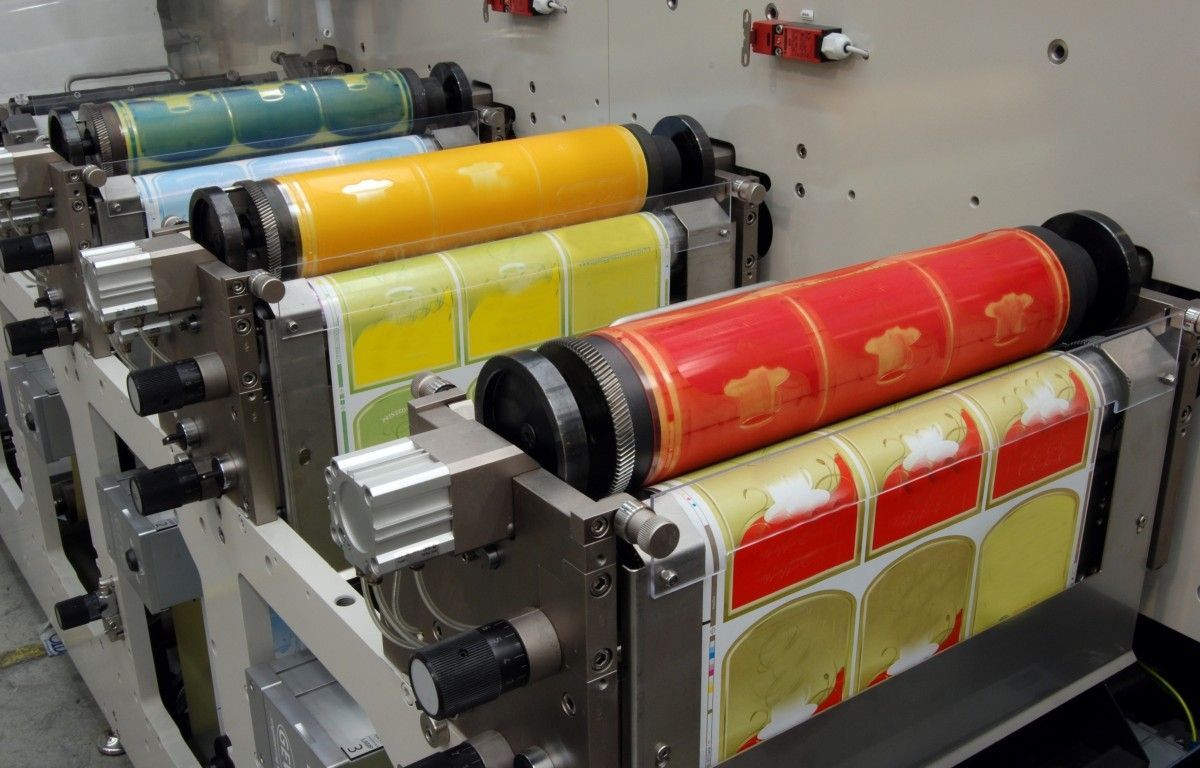The world of flexographic printing is vast and intricate, with one of its crucial components being the ink drying systems in flexo. These systems play a pivotal role in ensuring high-quality print results and efficient production processes. For marketing professionals, understanding these systems can offer insights into better production techniques, cost management, and sustainability practices.
In this article, we will delve into the various ink drying systems used in flexo printing, highlighting their importance, types, and technological advancements. As the printing industry evolves, staying informed about these systems is essential for anyone involved in or affected by printing decisions.

The Importance of Ink Drying Systems in Flexo Printing
Flexographic printing relies heavily on the efficiency of its ink drying systems. These systems ensure that the ink sets properly, preventing smudging and ensuring vibrant colors. Without effective drying processes, the quality of printed materials can suffer significantly.
Moreover, ink drying systems affect the speed of production. Faster drying times mean quicker production cycles, leading to increased output and potentially higher profits. This is particularly crucial for businesses in the fast-paced printing industry.
Types of Ink Drying Systems
Several types of ink drying systems are employed in flexo printing, each with its unique benefits and applications. The most common types include:
- Hot Air Drying Systems: These use heated air to evaporate the solvents in the ink, allowing it to dry quickly. They are widely used due to their efficiency and cost-effectiveness.
- Infrared Drying Systems: Utilizing infrared radiation, these systems penetrate the ink layer, accelerating the drying process. They are ideal for high-speed printing operations.
- UV Curing Systems: These systems use ultraviolet light to cure the ink, making it dry almost instantly. UV curing is popular for its ability to produce high-gloss finishes and its suitability for a variety of substrates.
- Electron Beam Curing Systems: Similar to UV curing, electron beam curing provides instant curing. It is often used for food packaging due to its ability to cure inks without photoinitiators, making it a safer option.
Technological Advancements in Ink Drying Systems
In recent years, technological advancements have significantly improved ink drying systems in flexo. Innovations such as energy-efficient drying systems, improved control mechanisms, and the integration of IoT for real-time monitoring have transformed the landscape of flexo printing.
For instance, the development of AI in Flexographic Printing has enabled more precise control over drying processes, reducing waste and improving consistency. Similarly, advancements in sensor technology allow for real-time adjustments, optimizing drying conditions for different ink formulations and substrates.
Economic and Environmental Considerations
As with any industrial process, economic and environmental factors play a significant role in the choice of ink drying systems. Businesses must balance the costs associated with implementing and maintaining these systems with the benefits they provide.
Energy consumption is a major consideration. More efficient systems can lead to substantial cost savings over time. Additionally, reducing energy usage aligns with the growing emphasis on sustainability and environmental responsibility.
Moreover, the shift towards more sustainable ink drying systems is evident in the adoption of technologies that minimize emissions and waste. For example, the use of water-based inks in conjunction with advanced drying systems can significantly reduce the environmental impact of printing operations.
Choosing the Right Ink Drying System
Selecting the appropriate ink drying system depends on several factors, including the type of substrates used, the production speed, and the desired print quality. Companies must assess their specific needs and consider the long-term implications of their choices.
Consulting with experts and staying informed about the latest developments in flexographic printing can aid in making informed decisions. Resources such as Flexopedia provide valuable insights into the intricacies of flexo printing and its components.
For further reading, you can explore the Flexo Printing Market Trends to understand how market dynamics are influencing technology choices in the printing industry.

FAQ
What is the most common ink drying system in flexo printing?
The hot air drying system is the most commonly used method in flexo printing due to its cost-effectiveness and efficiency in drying a wide range of inks.
How do UV curing systems benefit flexo printing?
UV curing systems offer fast drying times and produce high-gloss finishes. They are versatile and suitable for various substrates, making them a popular choice in the industry.
Are there sustainable options for ink drying in flexo?
Yes, there are sustainable options such as using water-based inks with advanced drying systems. These options reduce emissions and waste, aligning with environmental sustainability goals.






